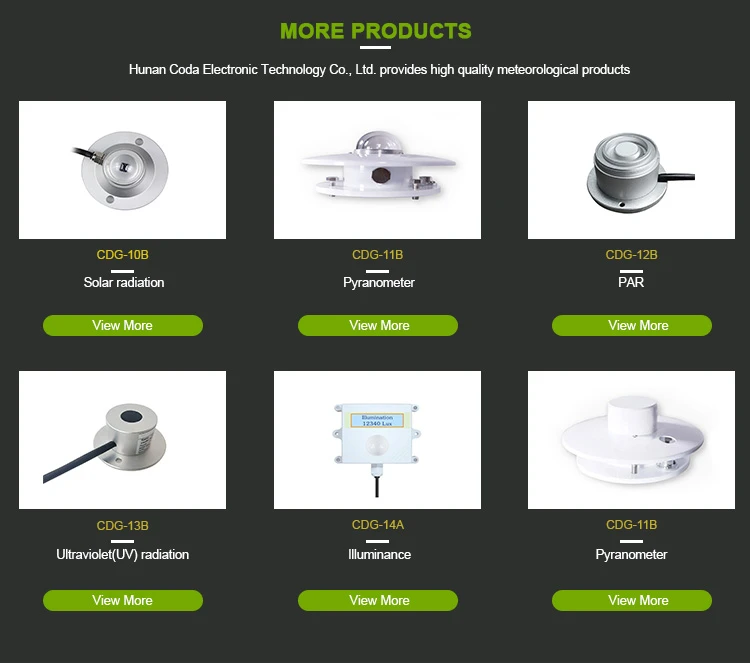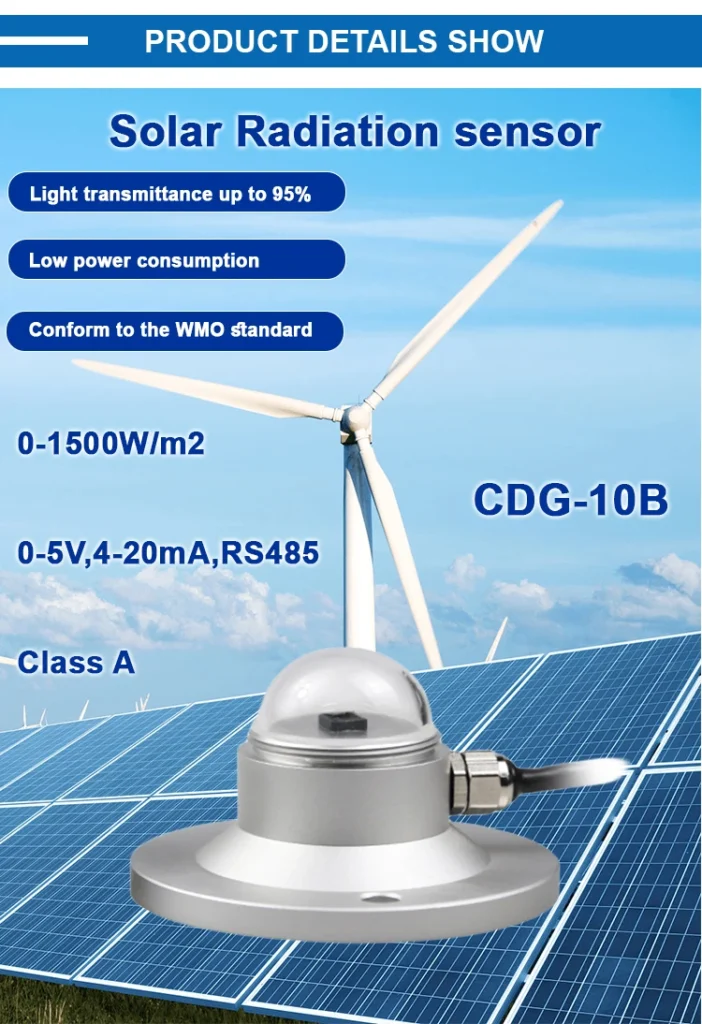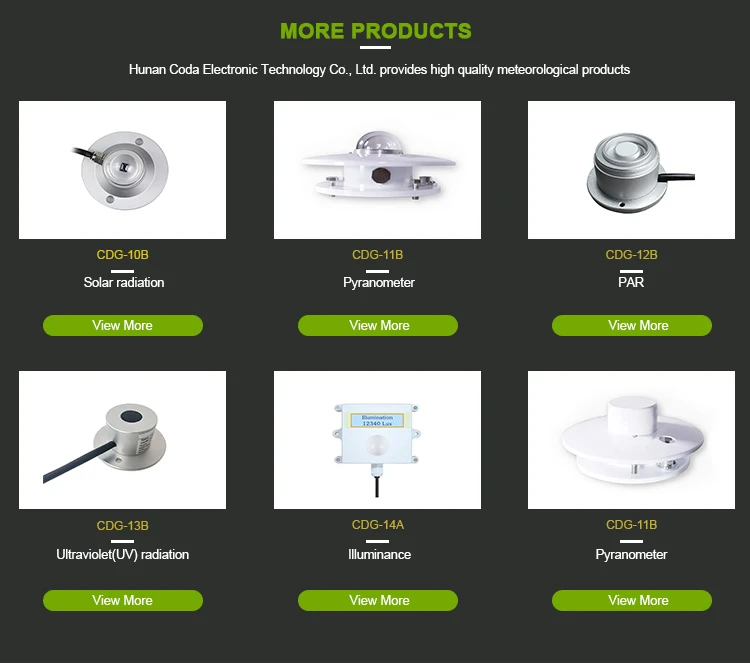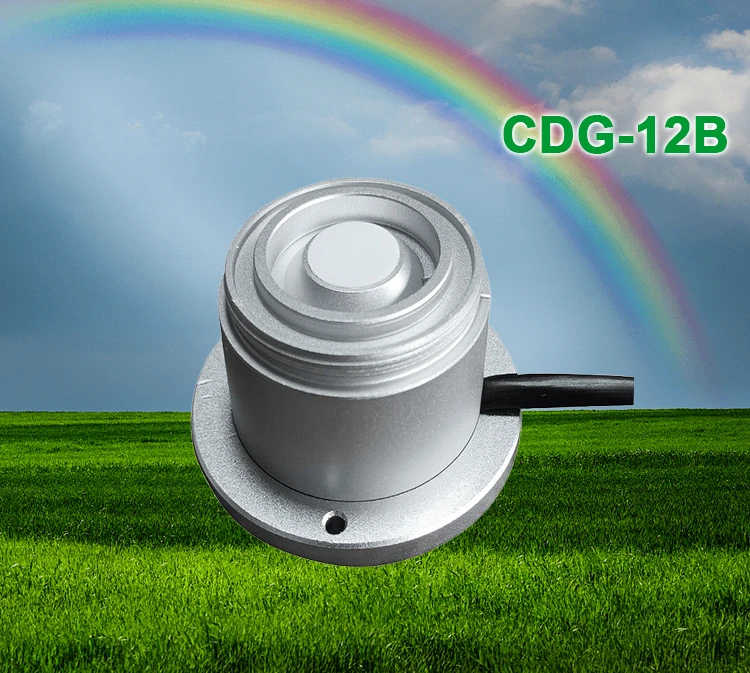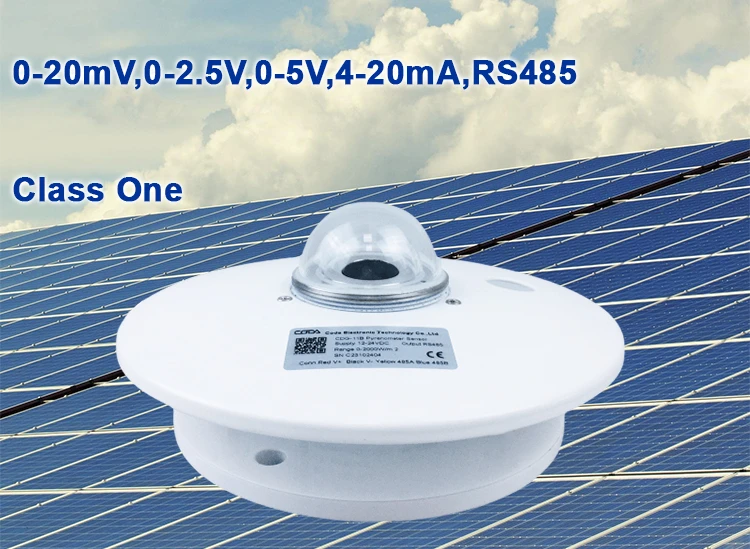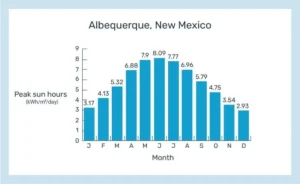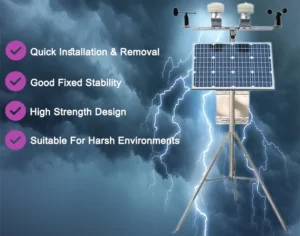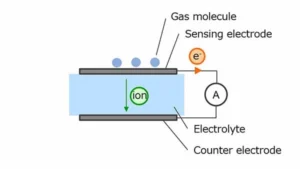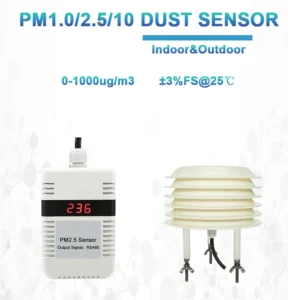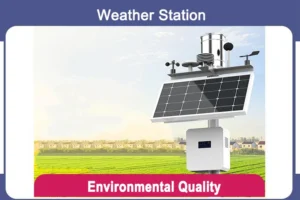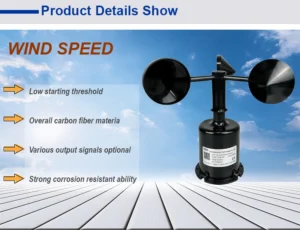Solar Radiation: Key Insights and Impacts
Understanding Solar Radiation
Solar radiation is the energy that the sun sends out as waves. This energy spreads out into space. The amount of radiant energy that reaches Earth is very small. It is about one part in 2.2 billion of the sun’s total energy.
This energy is the main cause of changes in the atmosphere. It is also the main source of light and heat for our planet.
In weather terms, solar radiation is called shortwave radiation. The radiation that comes from the Earth’s surface and atmosphere is known as longwave radiation. Thanks to new technology, we can easily get accurate data on solar radiation around the world. We use different tools and systems to do this.
Solar radiation that reaches Earth has three parts. These parts are total solar radiation, reflected solar radiation, and net solar radiation. The net solar radiation is what the surface absorbs.
Impact on Climate: A Schematic Overview
Solar radiation hits the Earth’s surface as light and heat. Because of Earth’s position to the sun, its round shape, and the tilt of its axis, sunlight is not spread evenly across the planet.
This uneven distribution leads to temperature differences at different latitudes. These differences cause movements in the atmosphere, such as global pressure belts and wind systems. Solar radiation is important for evaporation. This process helps move water vapor through the atmosphere, which leads to rain.
Water moves in cycles between the oceans, land, and the air. This process is known as the water cycle. Surface rocks warm up during the day when the sun shines. They cool down after the sun sets.
Long exposure to these processes, along with wind and rain, makes rocks wear down and break apart. These weathered materials are then moved to gather as sedimentary deposits.
What Is Photosynthetically Active Radiation (PAR)?
Photosynthetically Active Radiation (PAR) is a range of sunlight wavelengths that plants need for photosynthesis. This range usually goes from 400 to 700 nanometers. It directly affects ecological productivity.
Factors Influencing Solar Radiation
The intensity of solar radiation is the amount of sunlight that reaches the ground. This happens after sunlight is absorbed, reflected, or scattered by things in the atmosphere. Several key factors contribute to variations in solar radiation across regions:
1. **Latitude Position**
Areas close to the equator have lower latitudes. They get higher solar angles at noon. This means sunlight travels a shorter path through the atmosphere. As a result, it faces less weakening.
Higher-latitude areas get less sunlight. This is because sunlight travels through more atmosphere and hits at lower angles.
Also, Earth’s oval-shaped orbit makes the distance between the planet and the sun change during the year. During perihelion, which happens from January 2 to 5, Earth is closest to the sun.
This means we get stronger solar radiation. In contrast, during aphelion, on July 3 and 4, Earth is farthest from the sun. Daily and yearly changes in solar angles affect how strong the radiation is. The steeper the angle, the stronger the radiation.
2. **Weather Conditions**
Clear skies with minimal cloud cover allow solar radiation to penetrate more effectively, increasing ground-level intensity. Conversely, dense cloud formations during rainy conditions scatter and weaken incoming sunlight.
For example, while equatorial regions are dominated by frequent convective rainfall due to equatorial low-pressure systems, subtropical regions under high-pressure systems often experience clear conditions that enhance solar radiation reaching Earth’s surface.
3. **Altitude**
At higher elevations, where air density is lower, atmospheric interference on solar radiation diminishes significantly. Consequently, regions at higher altitudes receive stronger sunlight compared to lower elevations. In China, the Qinghai-Tibet Plateau is known for its high solar radiation. This is because it is very high up.
4. **Duration of Sunshine**
Areas with long sunshine periods get more solar energy than places with shorter daylight hours. Equatorial zones have about 12 hours of daylight all year. Some places have seasons that change how long the sun shines each day.
Understanding how solar radiation interacts with Earth’s systems is important. It plays a key role in shaping climates, natural cycles, and ecosystems around the world.
How to Measure Solar Radiation
1. **Pyranometer**
A pyranometer is used to measure both direct solar radiation and the radiation scattered by the atmosphere that reaches the ground. It takes in radiation and turns it into an electrical signal with a thermopile sensor.
Its measurement range typically spans from a few hundred watts per square meter (W/m²) to several thousand watts per square meter.
This allows for a complete assessment of solar radiation strength at ground level.
Pyranometers are flexible tools. Work well in many weather conditions. They can measure sunlight on sunny days and also on cloudy or rainy days. They accurately track changes in radiation levels.
2. **Pyrheliometer**
The pyrheliometer measures the direct sunlight that hits the ground. Like the pyranometer, it uses thermopile sensors to detect radiation. It converts this radiation into electrical signals. However, it only focuses on sunlight that hits its surface directly.
To get accurate measurements, it should always be lined up with the sun. This is done with a system that tracks the sun.
**Difference Between a Pyranometer and Pyrheliometer**
– **Measuring Range**: A pyranometer measures direct solar radiation and scattered light from the atmosphere. A pyrheliometer measures only the direct sunlight that strikes its surface.
– **Measuring Process**: A pyranometer has a wide field of view, usually 180 degrees. It does not need to stay aligned with the sun. In contrast, a pyrheliometer has a narrow field of view. It must be aimed directly at the sun using a tracking system.
– **Application**: Pyranometers are widely used in areas like solar energy, weather, and climate research. Pyrheliometers are more specialized tools. They are mainly used for scientific studies that need accurate measurements.
3. **Solar Radiation Sensor**
This sensor measures solar radiation. It does this by using the photoelectric effect. Common examples are photodiodes and solar cells. They convert light energy into electric current and create electrical signals.
These sensors are different from traditional radiometers. They often measure radiation in certain wavelength ranges, such as visible light or ultraviolet bands. The measurement range can vary based on their design and parts. It can go from tens of watts per square meter to several kilowatts per square meter.
4. **Spectroradiometer**
A spectroradiometer measures the spectrum of solar radiation. It helps take accurate measurements across different wavelength ranges.
Works by spreading light into different colors. It uses tools like gratings or prisms. Detectors measure how strong the radiation is in each wavelength band.
Spectroradiometers can measure a wide range of wavelengths. They cover ultraviolet (UV), visible light, and infrared (IR) areas. This means they can capture almost all types of solar radiation.
**Application of Solar Radiation**
Using solar energy well includes a few important areas. – They are setting up solar power systems in smart ways.
– They are improving the design of solar cells.
– They are improving energy systems like solar power stations and weather monitoring tools. Solar radiation has many uses, including:
• **Weather Prediction & Meteorological Research**:
By studying solar radiation data, we can make accurate forecasts and learn about climate patterns.
• **Agriculture Enhancement**:
Using solar radiation information can help plants photosynthesize better. This can increase crop yields and farm productivity.
• **Urban Planning**:
Solar radiation data can guide architects and urban planners in designing energy-efficient buildings and layouts.
• **Public Activities & Environmental Monitoring**:
Detailed solar data is a helpful guide for outdoor events. It also supports efforts in protecting the environment and sustainability.
**Factors Influencing Solar Panel Efficiency**
Many factors affect how well solar panels turn sunlight into electricity.
1. **Radiation Intensity & Temperature**:
Stronger sunlight helps solar panels take in more energy and create more electricity. However, too much radiation can increase the temperatures around it. This can reduce panel efficiency because it harms voltage output.
2. **Wavelength Distribution**:
Panels work differently with different wavelengths of light. Visible and near-infrared light greatly affects how well the panel converts energy.
3. **Nature of Radiation**:
Direct sunlight gives the best results. Scattered sunlight, often seen on cloudy days, reduces panel efficiency a lot.
In summary, factors like the intensity, wavelength, angle, and temperature of sunlight are important for solar panels. They affect how well the panels perform and how much energy they produce.
**Optimizing Solar Panels Using Solar Radiation Data**
To make solar panels work better, we need to look at local sunlight conditions carefully.
1. **Orientation Adjustment**:
By looking at local latitude and solar radiation data, we can adjust panel orientation. This includes tilt angle and azimuth. Doing this seasonally helps capture the most sunlight.
For example, panels in the northern hemisphere should face south. In the southern hemisphere, they should face north. You can make adjustments for seasonal changes to improve energy absorption.
2. **Solar Tracking Systems**:
Installing tracking systems helps panels follow the sun’s path. Real-time adjustments with single-axis or dual-axis trackers help capture more sunlight. This boosts overall energy production potential.
3. **Spacing and Tilt Optimization**:
Proper spacing helps lessen shading between panels that are near each other. The right tilt, based on local sunlight measurements, helps absorb the most light. Panels should also be placed in spots without obstacles that can create shadows.
4. **Panel Type Selection**:
Choosing the right panel type for local light is very important. For example, if most local radiation is infrared light, using panels that absorb infrared well will improve performance.
Common panel types are monocrystalline silicon, polycrystalline silicon, and thin-film cells. Each type has unique features that work well in different environments.
We can make solar panel systems work better. To achieve this, we will use certain strategies. We will also depend on precise solar radiation data.
